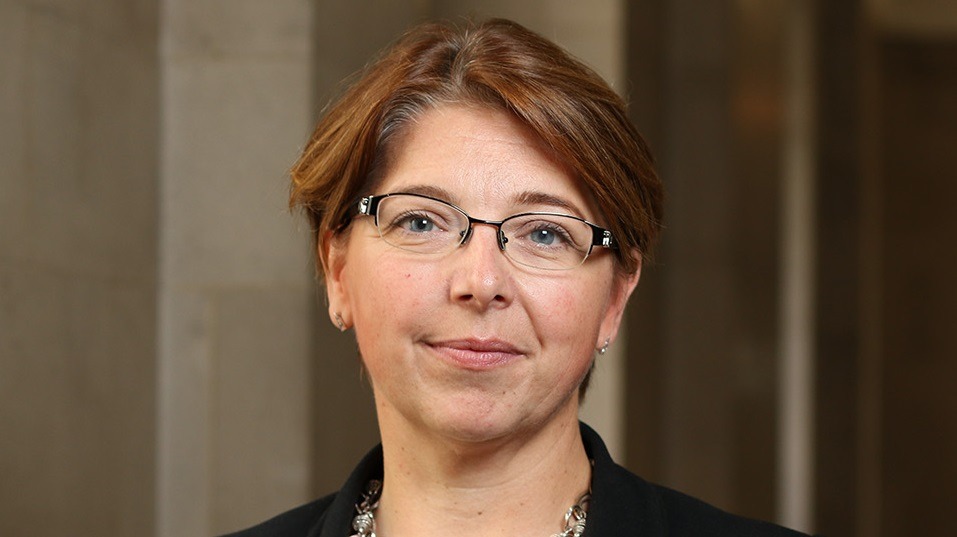
Climate change is exposing banks and the wider financial system to “fast-approaching” and “significant” risks that must be urgently addressed, according to a senior Bank of England official.
To this end, the Prudential Regulation Authority (PRA) has become the first global regulator to publish “supervisory expectations” regarding climate change action for the institutions it governs.
Sarah Breeden, executive director for international banks supervision at the PRA, made the claim during a speech at the Official Monetary and Financial Institutions Forum in London this week.
She said: “It is clear to us at the Bank of England that climate change creates financial risks that are core to our mandates of safety, soundness and financial stability.
“The size of those future risks will be determined by the actions we take today.
“The carbon released today is creating the physical and transition risks of tomorrow.
“Climate change therefore represents the tragedy of the horizon – by the time it is clear climate change is creating risks we want to reduce, it may already be too late to act.”
Businesses and banks face climate change risks
Ms Breeden identified two distinct channels through which climate change could spell danger to the financial system – physical and transitional risks.
She said physical risks can arise from damage to property, land and infrastructure, as a result of weather-related events and broader climate trends, such as heatwaves, hurricanes, droughts, floods and rising sea levels.
Transitional risks emerge from changes in climate policy, technology and market sentiment as countries adjust to a lower-carbon economy.

“The estimated losses from the transition are large – $1tn (£766bn) to $4tn (£3.07tn) when considering fossil fuels alone, or up to $20tn (£15.3tn) when looking at a broader range of sectors”, she added.
Each of these channels has the potential to significantly disrupt financial stability, by posing risks to businesses and the lending institutions which support them.
Ms Breeden said: “The need to act most obviously includes government through climate policy.
“But since the financial risks that climate change creates are to be managed in all future states of the world, it is incumbent upon financial firms, central banks and supervisors, to act too.
“The action, or lack of action, of individual institutions will be critical in determining whether climate-related risks are well managed.”
PRA introduces climate change guidelines for UK finance companies
In light of these comments, the PRA has published “supervisory expectations” that set out how it expects the banks and insurance companies it regulates to develop an approach to managing the financial risks of climate change.
These guidelines cover governance, risk management, scenario analysis, and disclosure – and although basic at this early stage, are anticipated to encompass more “granular requirements” as time goes on, to bring industry in line with the Bank of England’s evolving expectations.
The UK Climate Financial Risk Forum has been established to support this initiative, which will be co-chaired by the PRA and fellow regulator the Financial Conduct Authority
The job of the forum will be to share information that will help the Bank of England better assess the situation it is facing.
Ms Breeden added: “Measuring these future risks from climate change to the economy and to the financial system is a complex task.
“A myriad of possible climate pathways – with different physical and transitional effects – need to be translated into economic outcomes and financial risks looking ahead over many decades.
“To simplify that challenge, we need to focus, not on what will happen, but what might happen. To do that we can use scenario analysis – data driven narratives that help anchor our assessments of risk.
“We might think of that as investigating a small number of different courses that we could follow, in order to determine which delivers the safest passage.”






